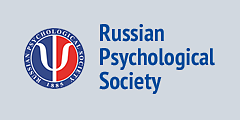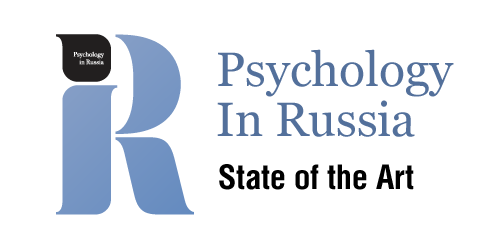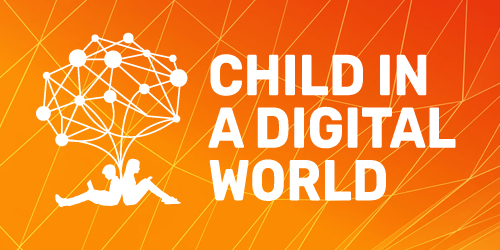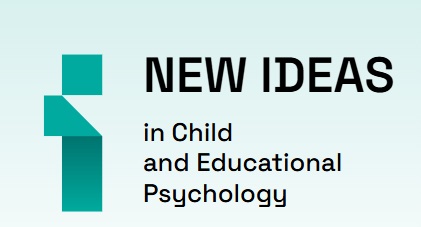Empirical studies
-
-
Background. AI algorithms have rapidly entered everyday life in the last few years, which caused the appearance of a large number of both texts and images generated by neural networks. Nevertheless, the perception of artificially generated images has not yet been studied. The relevance of the study is to observe the possibility of using artificially generated images to plan experiments in psychology of perception.
Objective. The study investigated the differences in visual search for various stimuli types: photographs and AI-generated images.
Study Participants. Thirty participants (21 females) between 18 and 43 years old (M = 21.29, SD = 5.18) took part in the study.
Methods. The study had an experimental design with two factors and two dependent variables. The subjects' task was to find the target stimulus among distractors; the stimulus material included images of objects generated using a neural network and photographs. The number of objects on the screen also varied. The accuracy of the subjects' responses and reaction time were measured.
Results. No differences in detection accuracy were found between photorealistic and AI-generated stimuli, nor were there any differences in reaction times.
Conclusions. It was shown that the type of stimulus (AI-generated or photorealistic) does not affect the speed and accuracy of finding them. The perspectives of this study are related to the possibilities of using artificially generated stimuli for planning experiments in cognitive psychology.
Keywords: visual search; Artificial Intelligence; stimulus material; visual attention; visual perception DOI: 10.11621/LPJ-25-14
-
-
-
Background. Applied for defensive justification of immoral actions, the mechanisms of moral disengagement (MD), on the one hand, provoke unethical behaviour, and on the other hand, prevent its direct correction. Thus, the study of the factors underlying these mechanisms is relevant from both theoretical and practical points of view.
Objective. The aim of the study is to identify cognitive and personal factors in the choice of MD strategies (loci).
Study Participants. The study involved 618 respondents aged 17 to 52 years (M = 23.08, SD = 6.32), including 450 women; 410 are students from various universities and specialties, 208 are employees of enterprises and organizations of various profiles.
Methods. Data were collected using valid questionnaires: Short Scale of Moral Disengagement, Dark Tetrad Short Questionnaire, Questionnaire of Cognitive and Affective Empathy, and Short Form of the Emotional Intelligence Questionnaire.
Results. It was found that the most preferred MD strategy is the locus of victim, and the least preferred one is the disregard (or distortion) of the behaviour consequences locus. The main personality predictors of MD are high values of psychopathy and Machiavellianism, as well as low empathy and a weak ability to recognize one’s own feelings. The contribution of personality traits is most significant for the integrative indicator of MD and its behavioral locus, and the least significant for the actor locus (situational justification of immoral acts). Distortion of the victim image is better predicted by the "dark" traits—psychopathy and Machiavellianism—than by low empathy and emotional intelligence. On the contrary, the distortion of the behaviour consequences is better predicted by cognitive empathy and worse by the expression of "dark" traits.
Conclusions. Based on the obtained results, it can be concluded that moral disengagement most often manifests itself through the defense mechanism of victim blaming, which is likely due to the greater cognitive ease of its formation. The contributions of personality traits, empathy, and emotional intelligence to different loci of MD vary in strength and quality. Thus, the behaviour locus is determined to a greater extent by personality characteristics, the actor locus by cognitive qualities, and the victim locus is determined by both personality and cognitive peculiarities. The discovered patterns can be useful in practical work with beliefs that justify immoral behaviour.
Keywords: moral disengagement; dark tetrad; empathy; emotional intelligence; cognitive mechanisms; personality predictors DOI: 10.11621/LPJ-25-13
-
-
-
Background. In recent decades, there has been a rapid increase in the importance of the Internet in adolescents' lives. However, data on the relationship between screen time duration and various risks of well-being are inconsistent. Therefore, further clarification of this relationship is needed, particularly in the context of specifying types of aggression.
Objective. The aim of the study is to investigate the relationship between different types of adolescent aggression, including physical aggression, anger, hostility and the time they spend in front of screens.
Study Participants. The study involved 10,980 adolescents from 10 regions of the Russian Federation aged 15 to 18 years (Mage = 15.9 years; SD = ±0.92; 6,096 girls).
Methods. The level of adolescent aggression was assessed with the Buss-Perry Aggression Questionnaire (BPAQ). Adolescents' internet activity was evaluated by analyzing their responses to the question "How much time do you spend on the Internet every day?" To analyze and process quantitative data we used descriptive statistics, crosstabs, correlation analysis and one-way analysis of variance (A posteriori comparisons were performed using the Student's t-test with the Bonferroni correction for multiple comparisons).
Results. The study found that adolescents' online activity is quite high. Additionally, one in six adolescents aged 15 to 18 years has a high propensity for physical aggression and anger, while one in seven has a tendency towards hostility. The results of the comparative analysis demonstrate a statistically significant correlation between aggression and online activity. It has been shown that adolescents with high levels of aggression manifestations spend significantly more time online as compared to those with low or medium levels.
Conclusions. The study established a correlation between teenagers' screen time and the severity of manifestation of various types of aggression. Based on this, there is a need to develop and implement strategies to help teens resist the negative effects of excessive screen time and reduce aggression, while promoting positive individual development.
Keywords: screen time; internet; adolescence; aggression; anger; hostility DOI: 10.11621/LPJ-25-12
-









